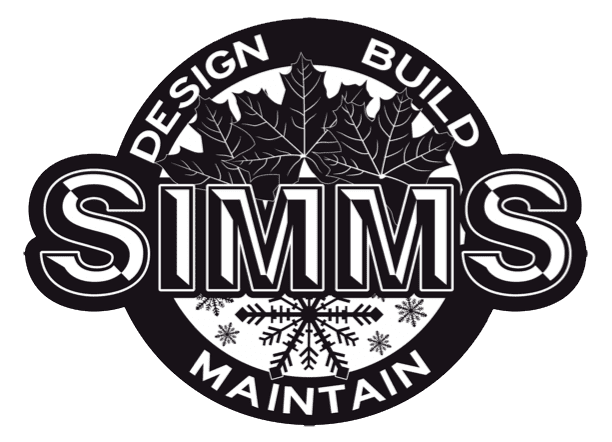Lifespan varies widely across different elements of a landscape. Irrigation main lines often last 15–20 years, but heads, valves, and drip emitters typically need replacement every 2–5 years. Sod may thrive for 10–15 years if aerated and fertilized regularly, though patches may require overseeding sooner. Shrubs and perennials can last 5–15 years depending on species, care, and soil conditions. Annuals, of course, are replaced each season. Trees can last for decades if selected for Utah’s Zone 6 climate and maintained with deep watering and pruning. Hardscaping usually lasts longest: paver patios, stone walkways, and retaining walls can remain sound for 30 years or more if installed over a proper base. Joint sand or sealant may need refreshing every 2–3 years to keep surfaces tight and weed-free. Instead of budgeting for wholesale replacement, plan for small, ongoing replacements and repairs. This staged approach spreads costs and keeps your landscape looking fresh over time.
When will I need to replace parts of my landscaping?
Related FAQs
-
Is this issue covered under warranty or is it my responsibility?
Warranty coverage depends on your contract and the type of issue. In Utah, most landscapers warranty plants for one year…
-
What if a landscape contractor hits a gas line or fiber-optic cable?
Utility locating is mandatory. The contractor should call 811 before digging and wait for markings. If a line is struck,…
-
What typically fails in the first year from a landscape company?
The most common first-year failures are plant loss and irrigation glitches. In Utah’s hot, dry summers, newly installed sod or…
